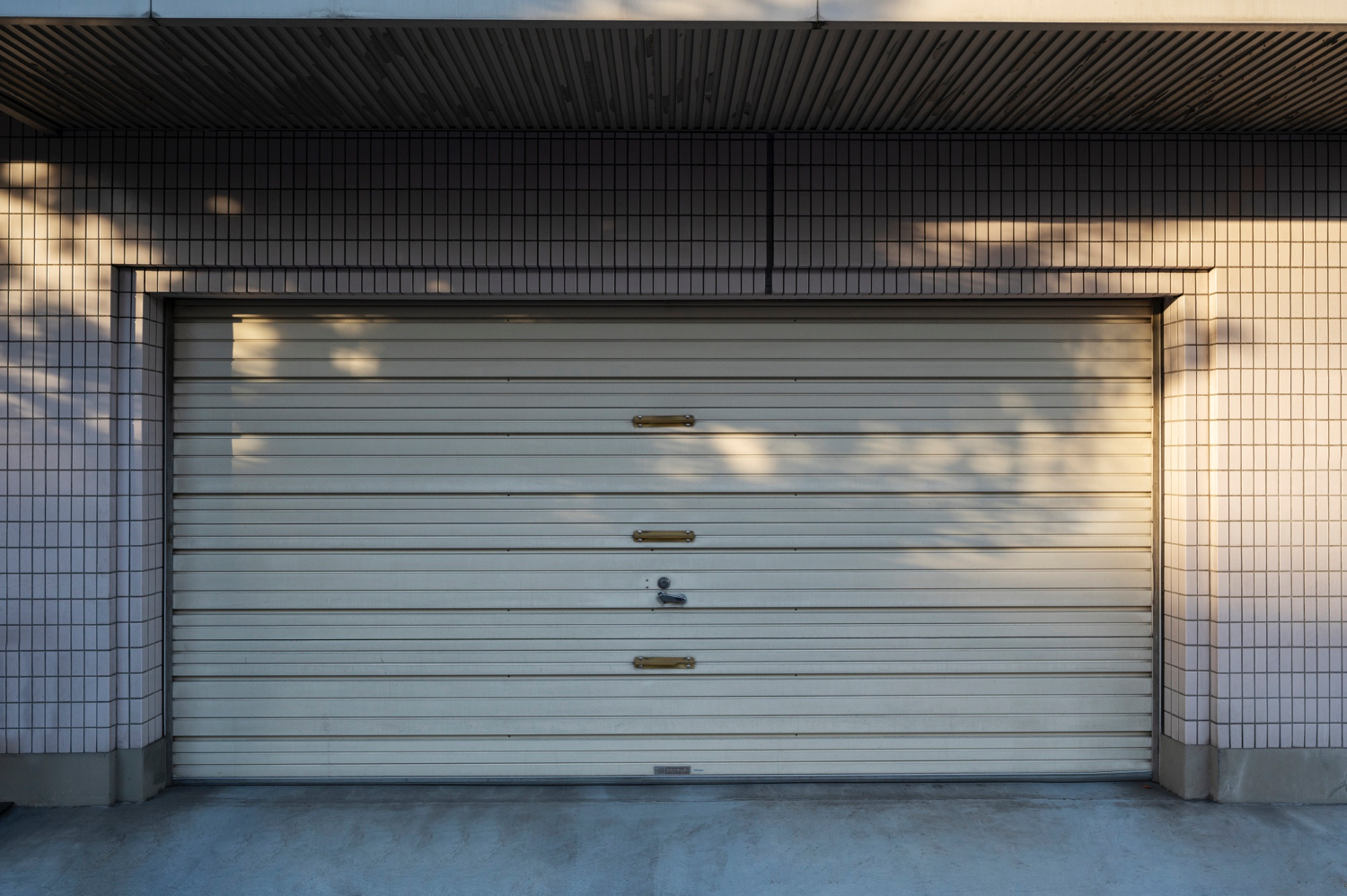5 Common Garage Door Problems and How to Fix Them
 If your garage door isn’t performing as it should, it may be time to call a local repair company. These experts can help you with everything from small jobs like lubrication to major projects such as a new installation.
If your garage door isn’t performing as it should, it may be time to call a local repair company. These experts can help you with everything from small jobs like lubrication to major projects such as a new installation.
If your door doesn’t have safety cables installed, have a professional in Puyallup install them for you. This will prevent serious injuries if the springs break.
Broken Cables
If your garage door, is equipped with extension springs, two safety cables secure them. If this break, the metal fragments can fly around the garage and cause injury.
A broken cable is an urgent problem that needs to be addressed as soon as possible. The door may lean toward or jam on the side with the broken line and fail to open, or it might move crookedly and make noises during operation.
If you’re handy or a do-it-yourselfer, replacing your garage door cable should be relatively easy. Just follow the same steps as removing and installing the old one, and note which way the line travels through the pulley system before hooking it up.
Many homeowners give more thought to their garage doors once they malfunction. When this happens, trying and fixing the problem with a stepladder, a screwdriver, and some guesswork is often tempting. However, it is important to remember that a broken garage door can be dangerous.
If your garage door is off track, it should only be used once a professional Puyallup garage door repair has been called to inspect and fix the problem. Attempting to operate an off-track garage door can lead to serious injuries.
Broken Rollers
Rollers guide the garage door during its up and down cycles. When one breaks, it can cause the door to jam.
Built-up dirt and lack of lubrication can also throw them off track. A forceful hit can also send them flying.
Luckily, fixing this issue is simple. Once you’ve removed the broken roller from the hinge sleeve, use pliers to remove the rust and grime from the track’s rim and claw. Once you’ve created a small space, align the new roller and tap it into place with a hammer.
The garage door’s rollers are responsible for the opening and closing your residential or commercial garage door. Because of this, they have an estimated cycle rating and are only designed to work a certain number of times. When they’re worn out, it can cause a lot of problems.
When your rollers are broken, getting them fixed as soon as possible is important. If you try to replace them on your own, it can be dangerous since the doors are heavy, and there’s a possibility that they could collapse and fall on you.
Broken Spring
Garage door springs do the heavy lifting and lowering of your garage doors, but they can only last so long. Typically, they’ll last 10,000 cycles (one cycle equals your garage door going up and down).
Your garage door will probably work if one spring breaks, but it will be less efficient and may become dangerous. It’s best to fix it as soon as you notice a problem.
Broken Keypad
Having a keypad that stops working could be extremely frustrating. You might notice that certain keys don’t respond no matter how hard you press them, or they might repeat themselves like your F key always repeats itself “if.” It’s best to have a professional look at the issue and figure out what caused it to fix it as quickly as possible. It should be relatively simple if you need to replace the keypad. Ensure all clips snap into place and test it once the replacement is installed.
Broken Sensors
Safety sensors are a vital part of your garage door system, helping to prevent injuries by ensuring that the door doesn’t close on anyone or anything. They work by sending and receiving an infrared beam between two sensors. The door will not operate correctly when one or both sensors are broken.
The most common cause of sensor issues is that they need to be properly aligned with each other. This can happen when they are bumped or knocked out of place. It can also occur if dust or dirt accumulates on the lenses. Another common cause is direct sunlight, which can interfere with the infrared beams and cause the sensors to misfire.









